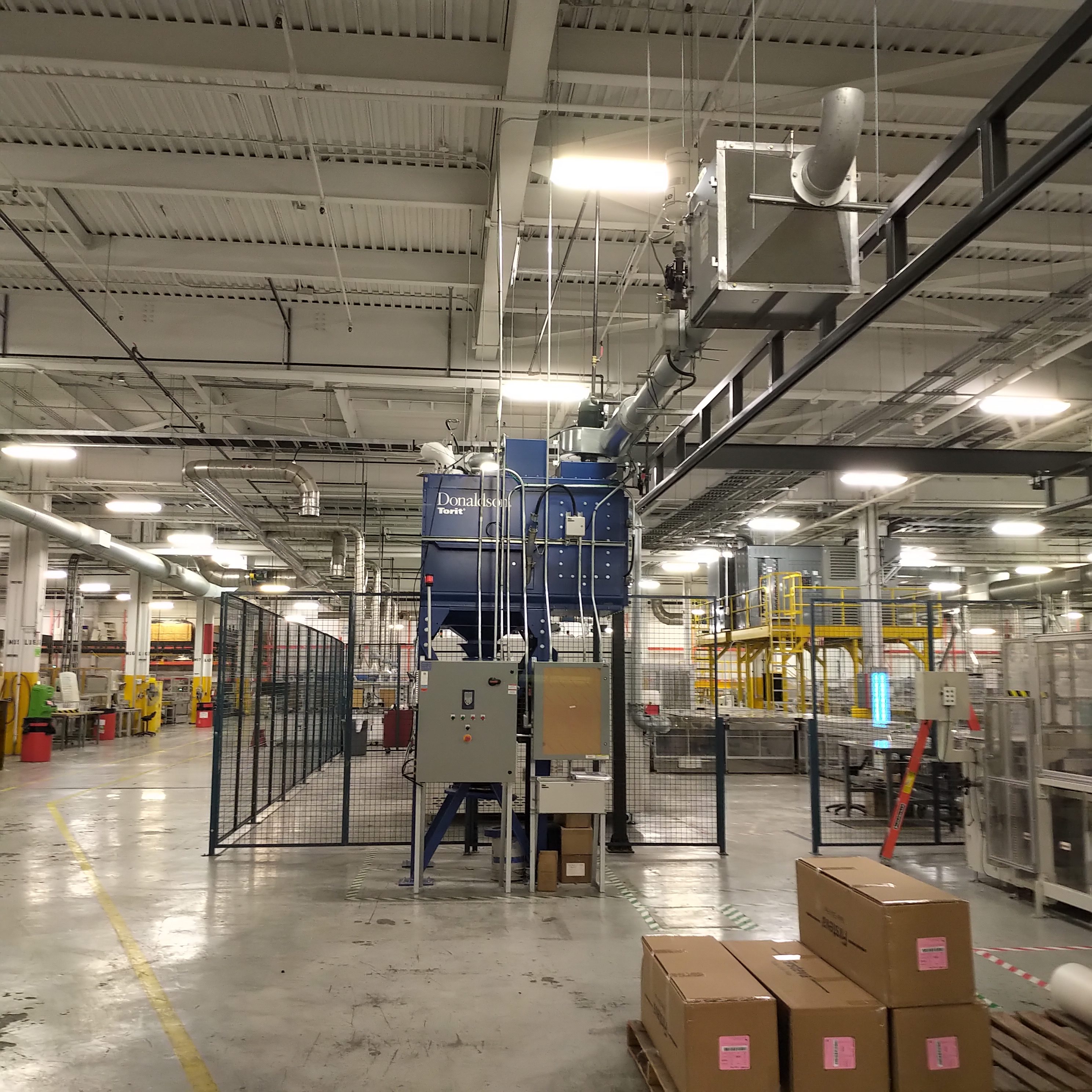
Cost Savings With a VFD and its Build-In PLC (SoftPLC)
November 11, 2019 | By Elmir Rahimpour

In conventional applications, pumps or fans should be run at full speed, and pressure or flow should be controlled with control valves. In turn, some energy will be wasted when throttling control valves. One of the major uses of variable-frequency drives (VFDs) is cost saving through energy saving.

Photo Credit: AST Group of Companies.
Looking from a different angle of cost saving is capital saving through removing some instrumentation and control valves and using VFD with a built-in programmable logic controller (PLC).
If you can replace one VFD with a built-in PLC, you can remove a control valve, independent PLC for throttling, additional sensors/transmitters for motor speed, torque, flow element/transmitters, cabling, junction boxes (JBs), installation stands for the transmitters, and sensors. In addition, some other parameters, such as motor speed, motor torque, and motor current, are freely available when the SoftPLC code is used. There is an SIL2 IEC 61508 STO relay that can stop a VFD in case of requirement for shutdown command, from safety sensors such as a vibration protection system.
Below are a few applications that can use built-in SoftPLC with a VFD solution:
Application 1: Header pressure control with multipump control
Using a traditional method, the N+1 pump will be connected to the same header, and the header pressure will be controlled with the control valve downstream of the header or flow control valve on each individual pump discharge. In addition, the zero or no-flow sensor (transmitter or switch) at downstream of each pump is required. Additionally, pressure monitoring of upstream and downstream of each pump is required. Flow or pressure will protect the pump by tripping the pump on PAHH, FALL, or PALL.

Photo Credit: AST Group of Companies.
It can be done with one or more VFD. For zero flow control, you just need to set a protection in the SoftPLC code, stating that if the torque percentage is less than a value (e.g., 20 per cent) and the motor is at a certain speed.
All of the auxiliary pumps such as the lube oil pump can be programmed in VFC SoftPLC. Hence, costly control valves or flow transmitters can be removed and the same can be done for additional hook-up, cables, JBs, and trays.
Application 2: Control of air flow/pressure with fan
Traditionally, a damper can be used for air flow or pressure control. For fan protection, you should be using the vibration sensor and run the fan on full speed. If a built-in Soft-PLC with VFD is used, you can connect the pressure or flow sensor to the VFD and set an internal PID controller to control the fan speed with respect to the set pressure or flow rate.
As VFD has DI and AI, you can have lots of interlocks for safety, and, similar to pump application, you can detect the fault with the internal parameters of a VFD, which could be more effective in comparison to some vibration protection sensors.
Differential pressure of filters can be connected to a VFD with SoftPLC and get a respective alarm or fault trip as required.
________________________
Elmir Rahimpour is an automation and integration specialist for WEG Canada / VJ Pamensky. He holds a master’s degree in automation and control engineering and psychology. He is a chartered engineer from the Engineering Council of the UK and a certified functional safety engineer. Over the last 20 years, he has worked in FPSO, oil and gas, water and wastewater, and biotechnology. He has worked as a lead engineer in mega projects in different countries.
Advertisement
Stories continue below
